
Matt, 22, history graduate program, they/them. Nonbinary, physically disabled, and autistic. Why am I here
262 posts
Latest Posts by australopithecunt - Page 9
I hate when people won’t let me say I “grew up ugly” in peace. “You were never ugly” YES I WAS. Leave me alone boys used to ask me out as a joke, girls used to call me cow or big bitch and make fun of my clothes. I might not have been “ugly” but I grew up being taught to think I was.
i knew the miku binder thomas jefferson artist shipped the game grumps and is a boot licker but did i really need to find out they made a game grumps hamilton au and made alexander hamilton arin and drew him in a hello kitty binder

PLEASE SPREAD THIS AROUND!!!! FOR MY FELLOW TEXANS ACTIVELY PARTICIPATING IN PROTESTS, PLEASE BE SAFE THE NATIONAL GUARD WILL BE/HAS BEEN DEPLOYED TO THESE CITIES !!!!

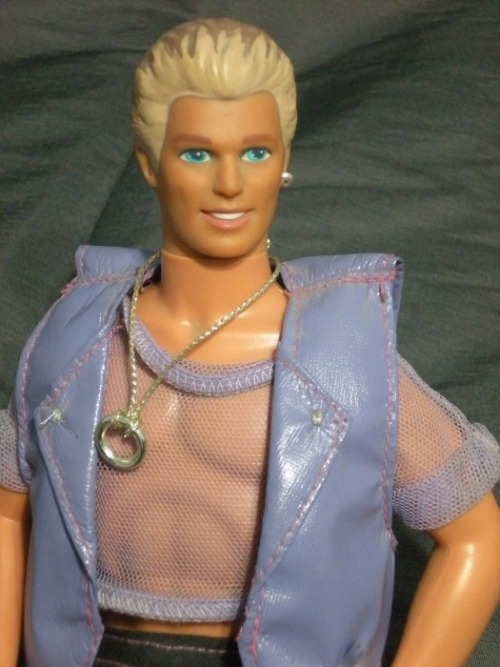
ok this is “earring magic ken” who was introduced in 1992 (and discontinued shortly thereafter)
basically mattel had done a survey and discovered that girls didn’t think ken was “cool” enough
SO someone had the bright idea to research coolness by sending people to raves which, at the time, were mostly hosted & attended by gay men. so they went to these raves and took notes on what the fashions were and finally landed on this outfit, mesh shirt & all
this doll became the best selling ken doll in history, mostly because gay men bought it in droves. (many of them said his necklace was supposed to be a cockring) but mattel and a number of parents weren’t very amused and discontinued the doll
I'm 18, I can legally do the die now
reblog if youre an idiot. reblog if youre just a fucking fool.



I don’t know where this is from, but I found it in a thread on Facebook and I am CRYING

this calligraphy channel is amazing because their cats constantly try to interfere, like these cats are just laser focused on annihilating every project the person tries to do
Who sent you?
(Via: @laurenncoll)

Listen up. There is literally an app that can help you avoid self harm and I don’t know why we aren’t talking about it.
Calm Harm can be tailored to your needs and will provide strategies to help you get past those crucial moments of wanting to harm.






It’s also totally FREE.
once again, it’s called CALM HARM
@the people who make those edits that are like 'hozier but you're in a church and it' s raining outside'. ya'll r what's keeping me alive. bless u.
under quarantine? try crochet
always wanted to learn how to crochet a hat or a sock but never had the time? now you do! crocheting is super easy once you get the hang of it and is super addicting and fun! its a fun thing to do with your hands while listening to a podcast, watching a tv show, or even listening to music! its also a good way to make handmade gifts for friends or family while passing the time!
i def recommend watching the videos before attempting to follow along just to make sure you have an idea of what to expect!
how to pick out yarn and needles: video | written guide
how to: begin (video), do a single row (video), how to make more complicated stitches (video), magic circle (video) and how to increase the magic circle (video)
basic patterns for clothing: beanie using only a chain stitch (video) (video), simple socks (video) (video), basic blanket (video) (video) (girdle stitch blanket) (tunisian stitch blanket), sweater (video)(video)
how to make a pompom (cats LOVE these)
fun things (may require some beads or different colored yarn): flower , heart , octopus , cat , whale , dog and cat , houseplant , cactus , bunny
useful things: kitchen scrubber , bath poof , house slippers
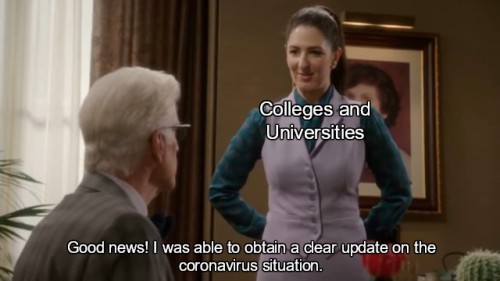
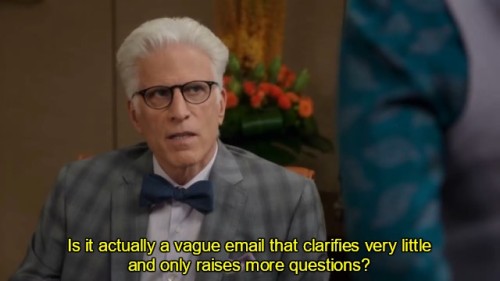

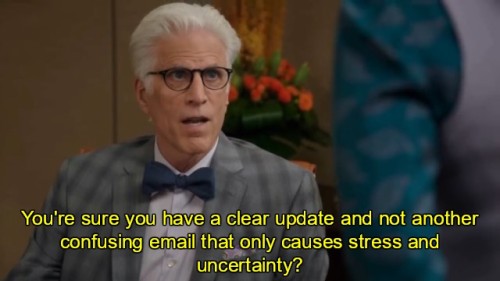
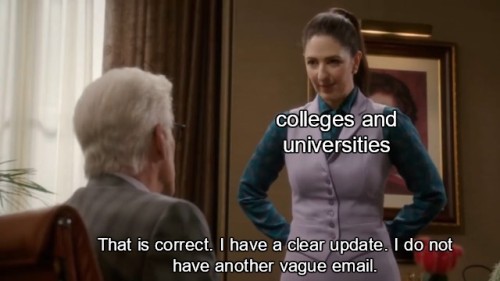
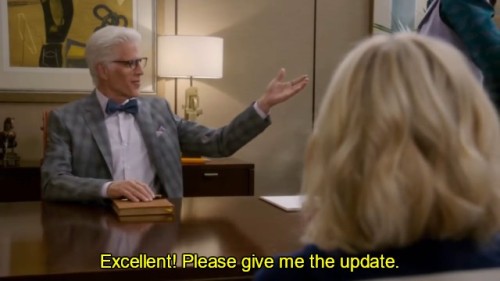
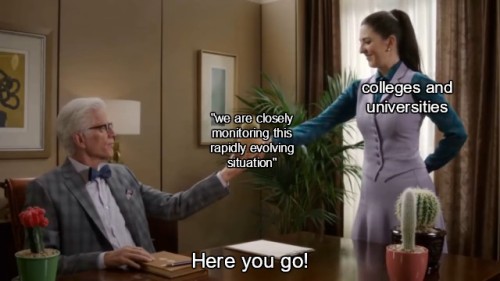
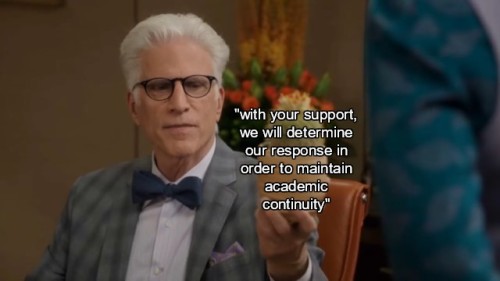
i love paying for education
look at this extremely chaotic video my fiancé took of our cat
Academic writing advice inspired by Umberto Eco’s ‘How to Write a Thesis’:
Planning
Determine primary sources/bibliography.
Determine secondary sources/bibliography.
Find title.
Brainstorm a table of contents with as much detail as possible (with chapters, sections and even paragraphs and sub-paragraphs - see How to Write a Thesis’ own table of contents as an example at the end of this document) (if the first drafted table of contents is good enough, it will not be necessary to start the writing from the beginning).
Do a first draft of the introduction.
Note-taking and research
Use Google Scholar to make sure you do not miss important sources.
Keep the table of contents in mind when researching and take notes of which sources could go where.
While note-taking, differentiate which parts could be used as quotations from the ones that are simply important for the argument.
Eco underlines the importance of what he calls reading sheets, which can be understood as your notes on your readings. According to him, these should contain:
information about the author if he is not a well-known figure;
a brief (or long) summary;
they should mostly consist of quotations (accompanied by all the corresponding page numbers)
any commentaries you might want to add;
an indication of which part (or parts) of your table of contents the information mentioned belongs to.
Keep reading sheets on primary sources (which should be the longest) separate from those on secondary sources (which should only be 1-2 pages long).
In the end, re-read the notes and color-code all the different parts according to where they would fit in your table of contents.
Writing and editing
A good place to start would be by redrafting the introduction.
Define every key/technical term used/mentioned unless indisputably obvious.
General writing tips:
keep sentences short;
do not be afraid to repeat the subject twice (ex: Roberta went to the shop (…) Roberta bought carrots and tomatoes);
avoid excessive details;
avoid subordinate clauses (orações subordinadas);
avoid vague language;
avoid unnecessary adjectives;
avoid the passive voice.
While drafting, write everything that comes to mind. Leave the editing for the end.
Use your tutor as a Guinea pig. Make them read your first chapters (and, progressively, all the rest) well before delivery is due.
Ask for as much feedback as possible. Ask colleagues, friends and/or family to read your work. They will provide you with more diversified feedback, as well as allowing you to know if your writing is clear to anyone.
Stop playing ‘solitary genius’.
Don’t insist on starting with the first chapter. Start with what you know best and feel more comfortable writing about, then fill in the gaps.
Leave time for editing and try to take at least a one or two days long break in between writing and editing.
Do not forget to fill in the gaps. When you revisit your writing, go through it with all these writing tips in mind as well as a conscience of what your most common mistakes are.
Use Hemingway in the final editing phase.
Quotations and footnotes
Since there are two kinds of sources (primary and secondary), there are also two kinds of quotations: either we quote a text which we will interpret, or we quote a text which supports your interpretation.
Some quotation rules to know:
“Quote the object of your interpretive analysis with reasonable abundance.”
“Quote the critical literature only when its authority corroborates or confirms your statements. (…) when quoting or citing critical [aka secondary] literature, be sure that it says something new, or that it confirms authoritatively what you have said.”
“If you don’t want readers to presume that you share the opinion of the quoted author, you must include your own critical remarks before or after the passage.”
“Make sure that the author and the source of your quote are clearly identifiable.”
“When a quote does not exceed two or three lines, you can insert it into the body of the text enclosed in quotation marks. (…) When the quote is longer, it is better to set it off as a block quotation. In this case the quotation marks are not necessary, because it is clear that all set-off passages are quotes, and we must commit to a different system for our observations. (Any secondary developments [like the quote’s reference] should appear in a note.) (…) This method is quite convenient because it immediately reveals the quoted texts; it allows the reader to skip them if he is skimming, to linger if he is more interested in the quoted texts than in our commentary, and finally, to find them immediately when need be.”
Some footnote rules to know:
“Use notes to add additional supporting bibliographical references on a topic you discuss in the text. For example, ‘on this topic see also so-and-so.’”
“Use notes to introduce a supporting quote that would have interrupted the text. If you make a statement in the text and then continue directly to the next statement for fluidity, a superscript note reference after the first statement can refer the reader to a note in which a well-known authority backs up your assertion.”
“Use notes to expand on statements you have made in the text. Use notes to free your text from observations that, however important, are peripheral to your argument or do nothing more than repeat from a different point of view what you have essentially already said.”
“Use notes to correct statements in the text. You may be sure of your statements, but you should also be conscious that someone may disagree, or you may believe that, from a certain point of view, it would be possible to object to your statement. Inserting a partially restrictive note will then prove not only your academic honesty but also your critical spirit.”
“Use notes to provide a translation of a quote, or to provide the quote in the original language.”

The Alexandria Times-Tribune, Indiana, July 4, 1914